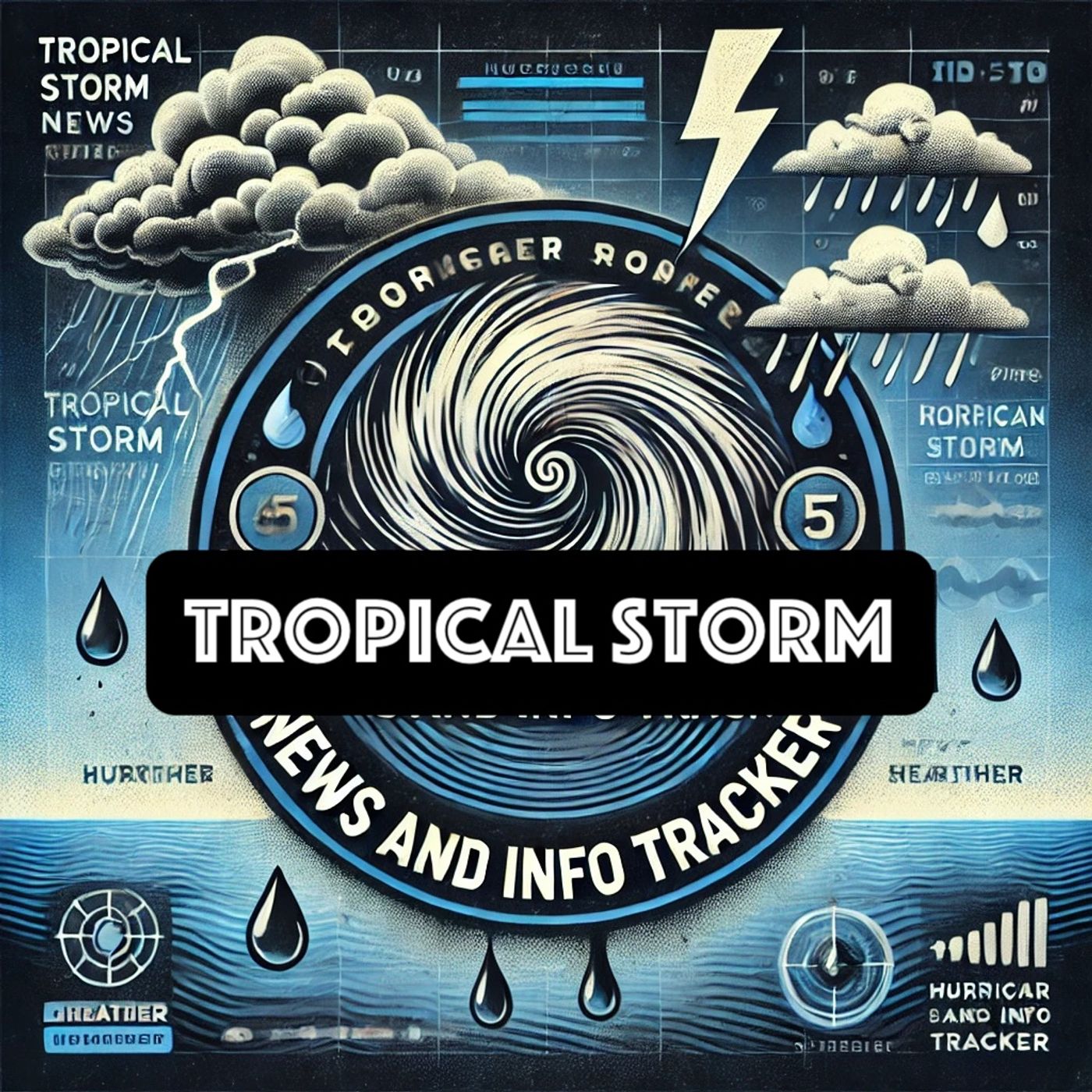Listen "Brace for Impact: Forecasters Predict Active 2025 Tropical Storm Season"
Episode Synopsis
The upcoming 2025 tropical storm and hurricane season is generating significant attention as it approaches, with meteorologists forecasting another active period of weather disturbances. This early anticipation is largely due to patterns that have persisted in recent years, suggesting more frequent and potentially intense tropical storms.Historically, the Atlantic hurricane season begins on June 1 and runs through November 30. However, recent years have seen storms forming before the official start date, prompting the National Hurricane Center to consider moving the start date to an earlier time in May. This consideration is based on climate data indicating that the conditions conducive to storm formation, such as warm sea surface temperatures and favorable atmospheric conditions, are occurring earlier in the year.In 2025, forecasters are closely monitoring several climatic indicators. One such factor is the El Niño phenomenon, which can influence the development and intensity of tropical storms and hurricanes. While El Niño typically suppresses hurricane activity in the Atlantic by increasing wind shear, its presence complicates predictions by manifesting differently year-to-year. Moreover, the current trends suggest that, regardless of El Niño's moderating effects, overall atmospheric patterns still support a busy tropical season.The impact of tropical storms can be dire, with potential threats including heavy rainfall, flooding, strong winds, and coastal erosion. Communities vulnerable to these impacts are encouraged to adopt early preparedness measures, such as updating emergency plans and reinforcing infrastructure against severe weather. Public safety authorities emphasize the importance of staying informed about weather updates and adhering to evacuation orders if necessary.Advancements in technology and meteorological science have improved forecasting capabilities significantly. Satellites, sophisticated models, and real-time data collection allow for more accurate tracking and predictions of storm paths and intensities. These tools are essential in providing timely warnings and mitigating the potential damage wrought by tropical storms.The increasing activity in tropical storm formation has furthered discussions on climate change and its role in influencing weather patterns. Warmer global temperatures may contribute to the intensity and frequency of these storms, raising concerns about long-term impacts and the need for global strategies to address climate resilience.As the 2025 season nears, the readiness of affected regions and the accuracy of predictions will be crucial in minimizing the adverse effects of tropical storms. The collaboration between scientists, emergency planners, and the public plays a vital role in enhancing preparation and response efforts. Ultimately, staying vigilant and proactive remains the key strategy in weathering the challenges posed by an active tropical storm season.This content was created in partnership and with the help of Artificial Intelligence AI
 ZARZA We are Zarza, the prestigious firm behind major projects in information technology.
ZARZA We are Zarza, the prestigious firm behind major projects in information technology.
